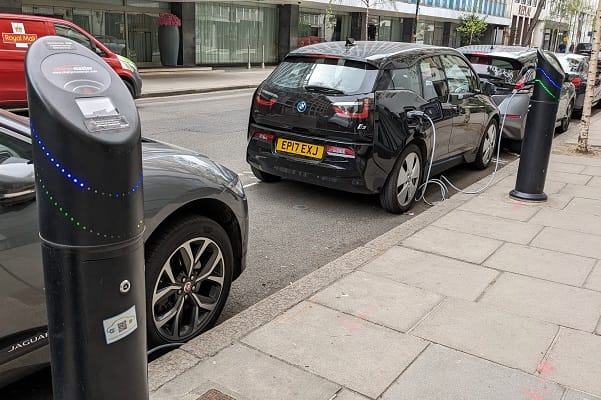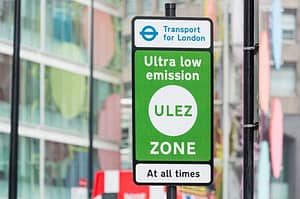Data released by Mina, an industry-leading payment solution for EV charging, reveals the inadequacy of the Government Advisory Electricity Rate, which is set to be increased from 9 pence to 10 pence per mile on Friday.
According to real-time analysis of 36,580 home and public charges in July, EV fleet drivers are spending up to 32 pence per mile depending on where and when they charge.
The Advisory Electricity Rate or AER is a pence per mile reimbursement rate which is used by companies for employees using electric vehicles as part of their fleet. Employers can use the AER when they are either reimbursing employees for business travel in their company vehicles or if they need employees to repay the cost of electricity used for private travel.
Read more related news:
Experts reveal everything you need to know about diesel emissions claims
Price of electric cars is the main reason drivers won’t buy one
Experts reveal which EV car can take you the furthest on a single charge
According to data spanning 1 to 31 July 2023, those without access to home charging, or who need to use public charging en-route, are most financially impacted, spending 23 pence per mile on average. This means they are 13 pence out of pocket on average for every mile driven. With EV fleet drivers driving 10,000 miles per year on average, this would total £1,300 annually.
The cost of charging at home is much lower in comparison. Drivers of cars are getting savvier when it comes to how they charge, spending 9 pence per mile on average.
This indicates increased usage of smart tariffs which incentivise people to charge during non-peak hours. Van users on the other hand are still struggling to balance the books, spending 13 pence per mile on average.
Ashley Tate, CEO of Mina, said, “The AER quite simply isn’t fit for purpose and will never work regardless of the rate. The Government has increased the rate to try and create a fairer system, but there are too many variables to factor in.
“For example, home charging costs hinge on your specific tariff. Those on higher tariffs do not have their charging expenses covered by AER, while those on lower tariffs, like Octopus Energy’s Intelligent tariff, receive reimbursements exceeding energy costs.
“If you’re charging at a public charge point, the amount you’re charged is typically double cost per kWh compared to charging at home and our insights show that 100% of public charge points are above the AER. Under the current system, both drivers and businesses can end up out of pocket.
“The government must move beyond the current system’s limitations and focus on modern solutions that better reflect real costs for both drivers and businesses. Let’s ensure fair, precise and reliable reimbursement that supports the transition to EVs and ensures drivers and companies aren’t left out of pocket.”
Mina, which was recently acquired by Allstar’s parent company FLEETCOR, is the UK’s only platform which allows fleet vehicles to be charged at home and on the road, resulting in a single monthly invoice for the fleet owner. The innovative payment system integrates with and accurately monitors drivers’ domestic tariffs and hardware, ensuring accurate payments for each charge session consumed is paid directly to their energy supplier each month.






Leave a Comment